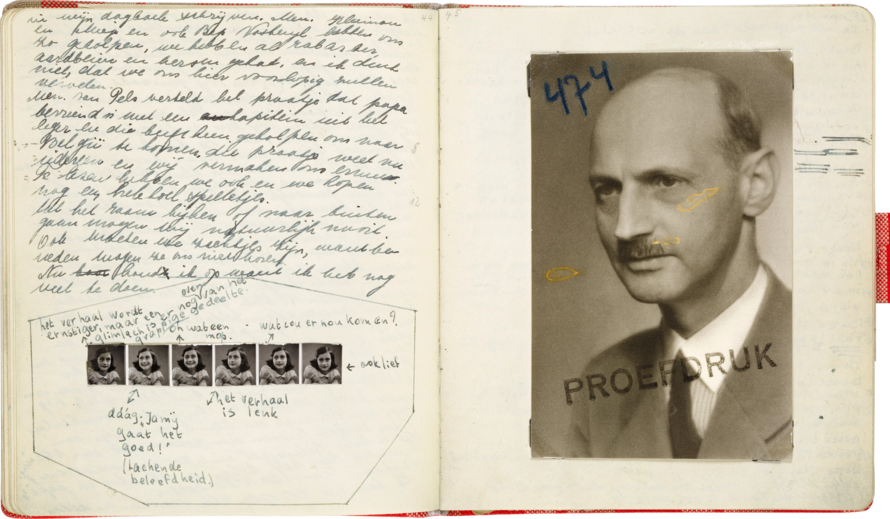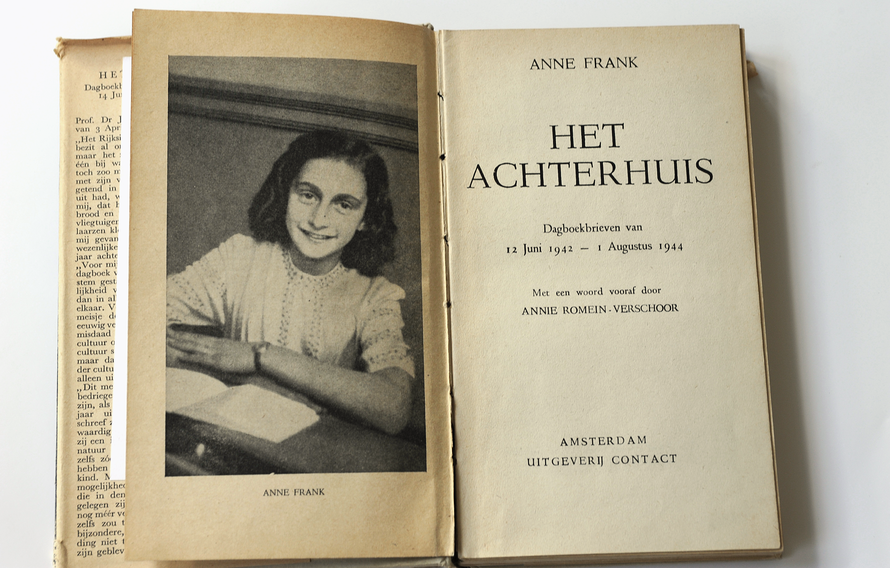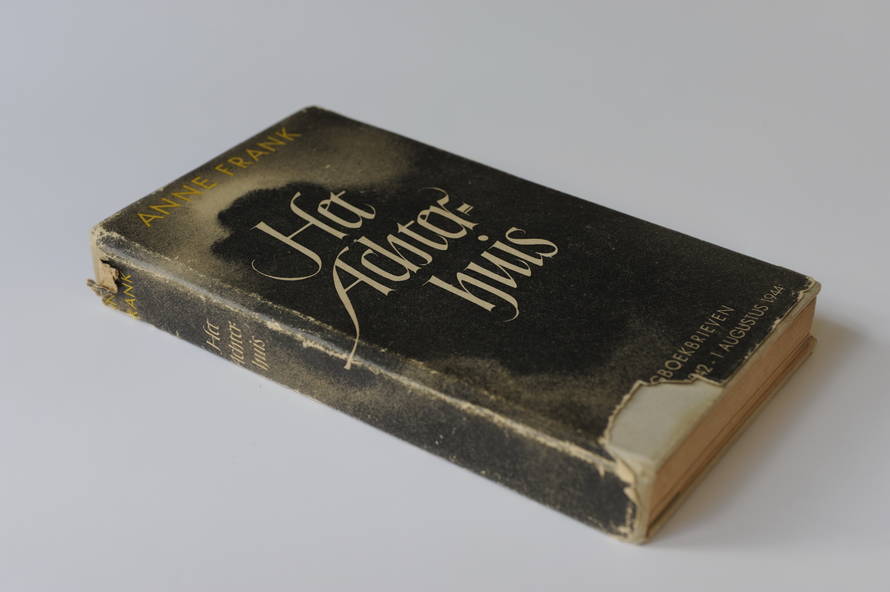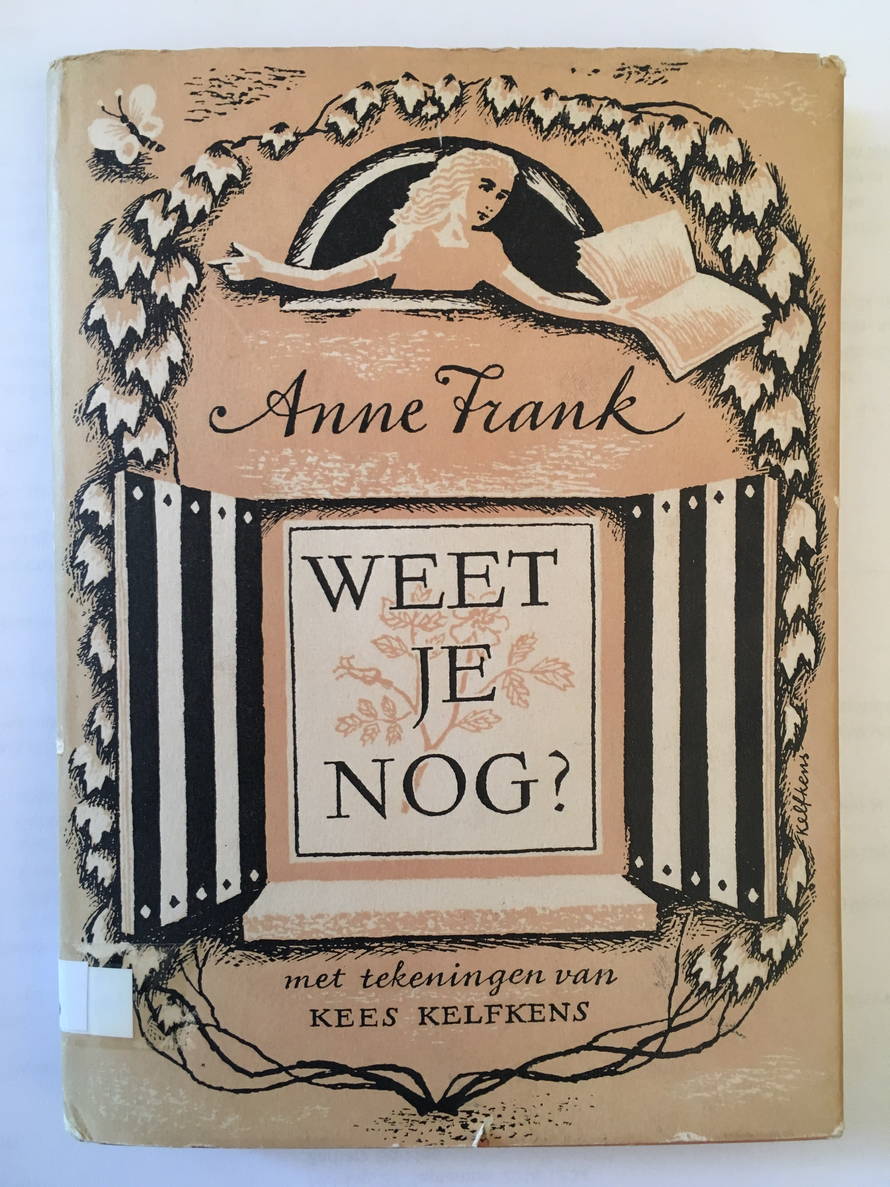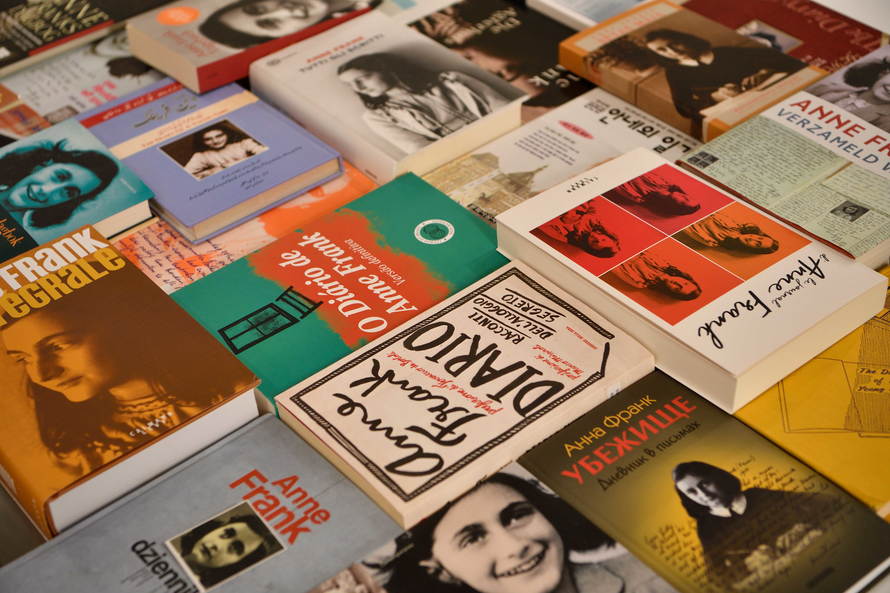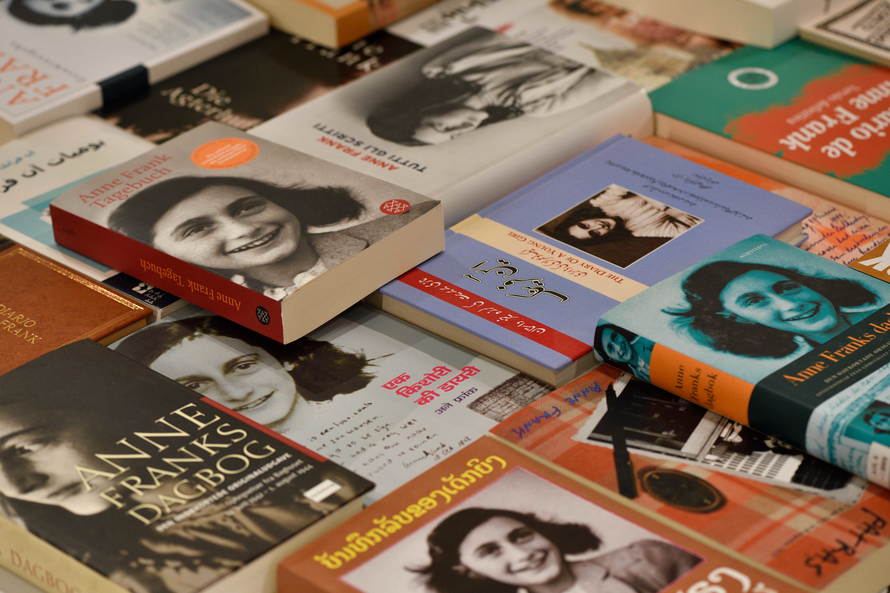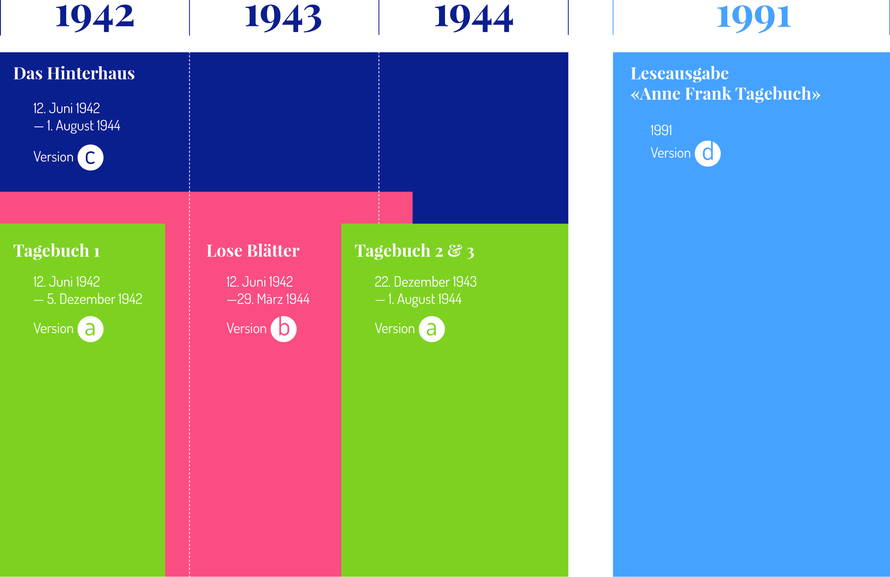Diary
Publications
When Otto Frank offered his murdered daughter’s diary to various publishers, most of them reject it, not believing that the text could interest a wide public. How wrong they are! The Diary has been translated into more than 70 languages so far. It is one of the most significant contemporary witness reports and still today is seen as a literary classic of the 20th century.






